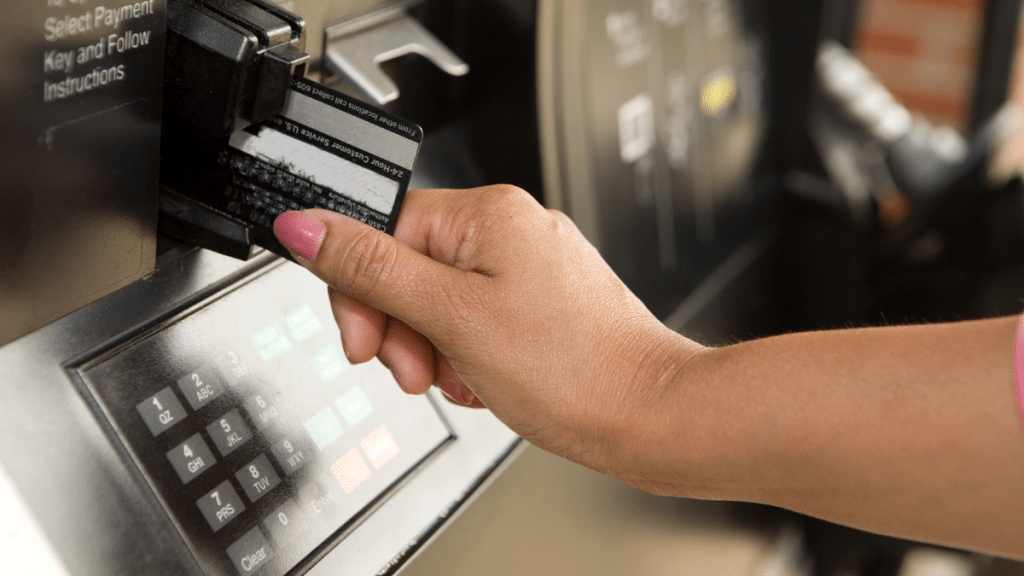When money is tight — whether due to an unexpected medical bill, a car repair, or simply making ends meet before the next paycheck — many people turn to short-term borrowing. Two common options for fast cash are cash advance loans and credit card cash advances. Though they might sound similar, they work quite differently and come with their own sets of risks and benefits.
In this article, we’ll explore what each option involves, how they differ, and which one might be better suited to your financial situation.
What Is a Cash Advance Loan?
A cash advance loan, often called a payday loan, is a short-term loan that gives you quick access to a small amount of money, usually ranging from $100 to $1,500. These loans are designed to be repaid in full by your next payday, including any interest and fees.
You can get a cash advance loan from payday lenders, either in person at a storefront or online. The application process is typically fast and simple. Most lenders don’t require a high credit score. Instead, they ask for proof of income, a valid ID, and an active checking account.
Here’s how it generally works:
- You fill out a short application online or in person.
- If approved, the lender deposits the money into your account — often by the next business day.
- On your next payday, the loan amount plus fees and interest is automatically withdrawn from your account or paid in person.
While a cash advance loan can be a helpful stopgap in a financial emergency, Annual Percentage Rates (APRs) for cash advance loans can exceed 300%, and the short repayment timeline means borrowers can get stuck in a cycle of debt if they’re unable to repay on time.
What Is a Credit Card Cash Advance?
A credit card cash advance is another form of short-term borrowing, but instead of taking out a separate loan, you’re withdrawing cash from your existing credit card account. You can usually do this at an ATM or bank, as long as your card issuer offers the feature and you haven’t hit your cash advance limit.
Here’s how a credit card cash advance typically works:
- You use your card and PIN at an ATM or bank to withdraw money.
- Interest starts accruing immediately, unlike regular credit card purchases, which may have a grace period.
- There’s also a one-time transaction fee, usually between 3% to 5% of the amount withdrawn.
This method is quick and doesn’t require a separate loan application, but it’s one of the costliest ways to use your credit card. The interest rate on cash advances is typically higher than your card’s regular purchase rate, and there’s no grace period, as interest begins the moment you get the cash.
Key Differences Between Cash Advance Loans and Credit Card Cash Advances
Though both options give you access to quick funds, they differ in some significant ways:
- Funding source: A cash advance loan is borrowed from a payday lender, whereas a credit card cash advance taps into your existing credit card line.
- Credit requirements: Cash advance loans often don’t require a credit check, while a credit card cash advance is only available to those who already have a credit card.
- Interest rates and fees: Cash advance loans can carry extremely high APRs — sometimes exceeding 400% plus additional fees. Credit card cash advances have high interest rates, too, but they’re generally lower than payday loans and include ATM and transaction fees.
- Loan amounts: Cash advance loans are typically for small amounts ($100–$1,500). Credit card cash advances depend on your card’s cash advance limit.
- Repayment terms: Cash advance loans are due by your next payday, usually within 2–4 weeks. Credit card cash advances follow your card’s billing cycle, allowing more flexible repayment.
- Accessibility: Payday loans are accessible to almost anyone with proof of income, while credit card cash advances require an existing card and a PIN.
Which One Should You Choose?
The better option depends on your financial circumstances:
- Choose a credit card cash advance if you already have a credit card, only need a modest amount of cash, and can repay it quickly to reduce interest charges. It’s generally the less expensive and more flexible option.
- Use a cash advance loan only as a last resort when you don’t have access to credit cards or traditional loans. These loans are riskier due to their high costs and short repayment window, and they can easily lead to debt traps.
Regardless of the option you choose, both should be used sparingly and only in true emergencies. Relying on either type of loan repeatedly could be a sign that it’s time to review your budget or seek guidance from a nonprofit credit counseling organization.
Final Thoughts
Cash advance loans and credit card cash advances can offer quick relief when you’re in a financial bind, but that relief can come at a high cost if you’re not cautious. Understanding the differences between the two can help you choose the option that does the least harm during a temporary crisis.
Whenever possible, consider alternative solutions such as borrowing from friends or family, negotiating with creditors, or accessing community support programs. Remember that true financial stability comes from informed choices and long-term planning — not high-cost quick fixes.
Empower yourself by knowing your options. The more you understand about how these borrowing tools work, the better prepared you’ll be to manage unexpected expenses wisely.
